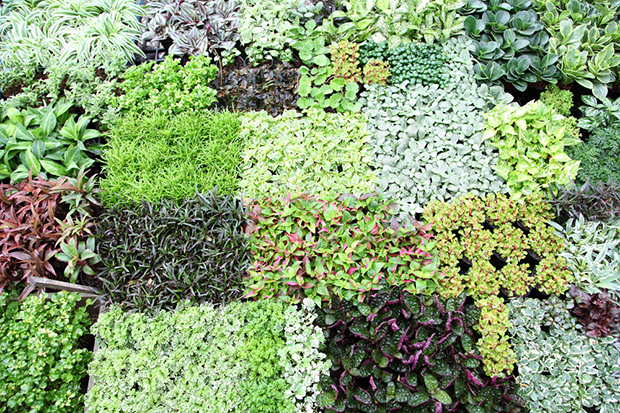The world’s air quality is deplorable, and you don’t have to look far to find examples of how bad it is. Harder to find are solutions to this problem. Government mandates and clean air initiatives help the goal of reducing greenhouse gases on a larger scale, but these measures do little to help improve the quality of air that you’re breathing right now. Below are three plants that create enough oxygen to keep you alive, even if you’re sitting with them inside a sealed container, though we don’t suggest you try that.

Dypsis lutescens, also called the bamboo palm
In addition to removing carbon dioxide from the air and replacing it with oxygen, the bamboo palm filters out air particles that can be dangerous when inhaled. The main particles the bamboo palm removes from the air are xylene, a byproduct of the petroleum and chemical industries, and toluene, a component of car exhaust.
To maximize air purification, it is recommended to have 4 shoulder high palms per person in your house. You should wipe the leaves weekly and take it outside 3–4 times per year.

Sansevieria trifasciata, also called the snake plant
The snake plant is known as a bedroom plant, meaning that it converts carbon dioxide to oxygen at night. Aside from creating breathable air, the snake plant also removes nitrogen oxide, a by-product of car exhaust and fertilizer, and formaldehyde, a component of textile and wood production, from its environment.
To maximize the cleaning properties of this plant it is suggested to have 6–8 waist high plants per person per household.
Epipremnum aureum, also called devil’s ivy

Devil’s ivy grows best in hydroponics, but you can also grow it in dirt with a pot. Along with converting carbon dioxide to oxygen this plant also filters out formaldehyde, xylene, and benzene, a byproduct of petroleum combustion, from the air you’re breathing.
A handful of these 12-inch high plants should do wonders for making the air quality in your house better. Devil’s ivy, as the name implies, is very toxic and can be harmful if ingested or if you come into prolonged contact with it. Keep this plant away from you pets and children, or find another plant that does a great job of cleaning your air.
Via TED
Need some more ideas on how to purify your home? Become a member or download a free magazine.











